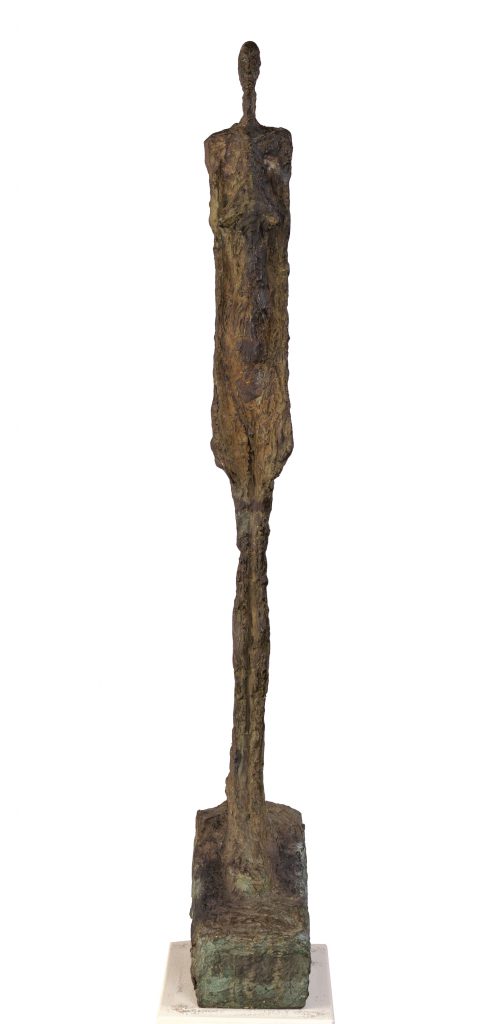With Love From Dick and Jane
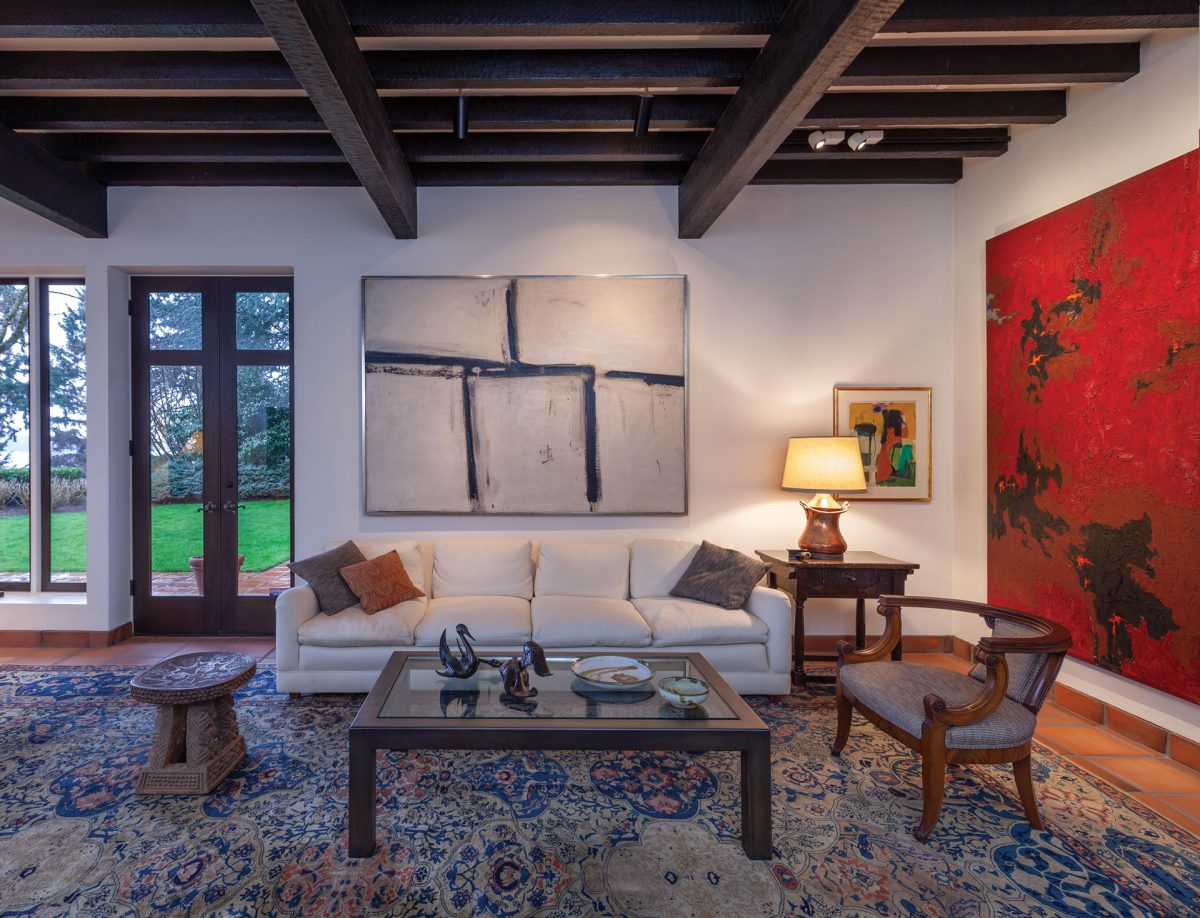
The Friday Foundation has gifted 19 significant Abstract Expressionist artworks from the Richard E. Lang and Jane Lang Davis Collection to SAM. In recognition of this occasion, SAM’s Jon and Mary Shirley Curator of Modern and Contemporary Art, Catharina Manchanda, sat down with Lyn Grinstein, President of the Friday Foundation, to discuss the gift’s impact, her late mother and stepfather Jane Lang Davis and Richard Lang, and their love for Seattle and the Seattle Art Museum.
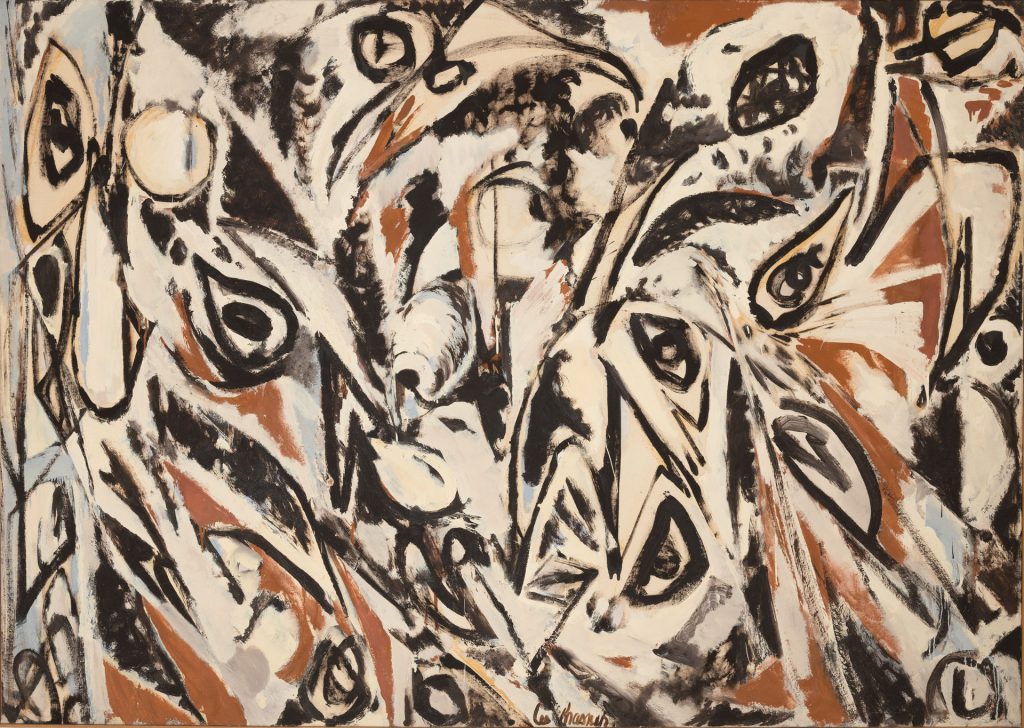
Catharina Manchanda: Tell us a little bit about the history of Jane and Richard Lang’s collection.
Lyn Grinstein: My mother had always been a visual arts person, but we had lived overseas most of our lives and moved a lot, so she didn’t have the chance to collect art. Dick cared deeply about Seattle and about the Seattle Art Museum, a critical pillar in the cultural community. When they married in 1966, my mother could finally settle down and Dick was about to discover contemporary art.
In 1968 they bought a house in Medina and spent the next two years completely remodeling it. By 1970 they were in a new house, with a new living room, and a new couch with a big empty wall above it. And Mom said to Dick, “I think we should get just one really good painting to put above the sofa.”
Dick had graduated from Stanford University and had made great connections there, so they went to his friend, Dr. Al Elsen, an eminent art historian in the Stanford Art Department. With his guidance, they ended up with their first acquisition, the 1951 Franz Kline masterpiece, Painting No. 11. The exhilaration of learning, selecting, negotiating, and acquiring that first painting was addicting, and they were hooked, eventually filling their house with art.
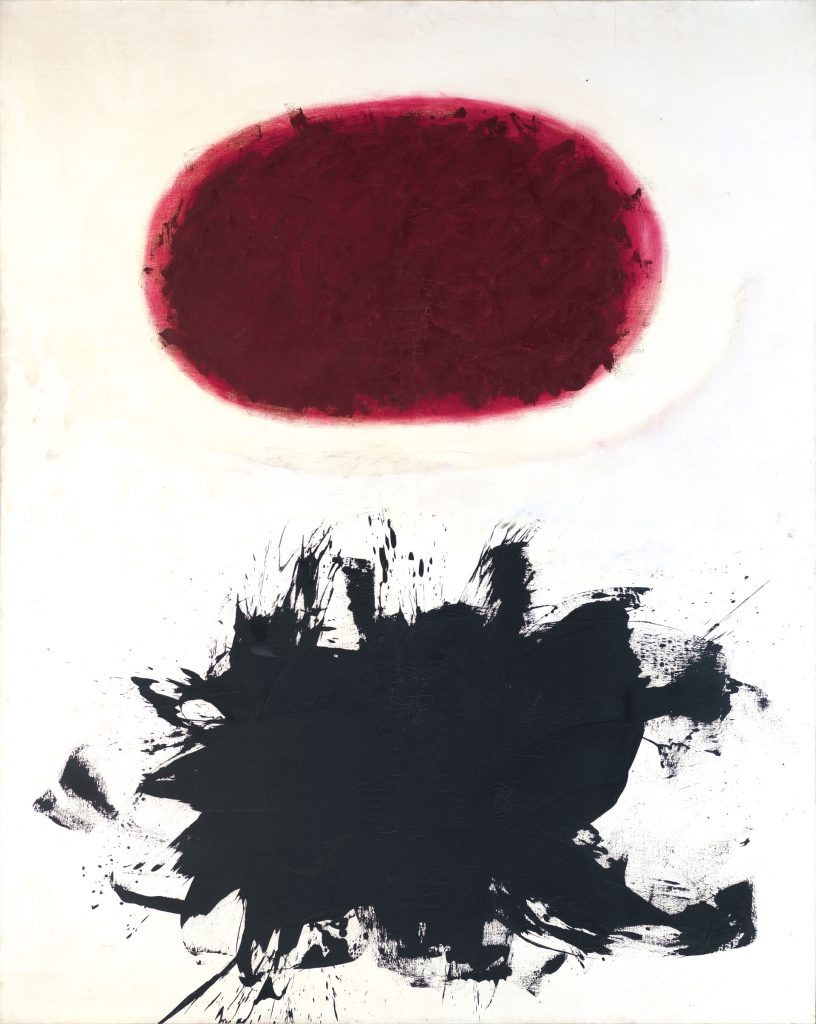
Manchanda: Tell us a little bit about watching the house gradually fill up with art. What was it like from your perspective?
Grinstein: Mom and Dick had a wonderful time with it. We would all gather when a new crate arrived, and I remember particularly when the Adolph Gottlieb was delivered. It came shortly before Christmas, and when I saw it, I said, “It looks like a great big Christmas decoration with that beautiful red burst.” Mom gave me this, “I’m going to pretend you didn’t say that” look.
Her office—where that ferocious 1960 Lee Krasner, Night Watch, and the brutally self-confrontational 1976 Philip Guston, The Painter, were facing each other—had been converted from a two-car garage, so the ceilings were low, and the room felt compressed. She enjoyed the tension between these two floor-to-ceiling tough paintings.
She created a mood of peace for the bedroom. Joan Mitchell’s The Sink was installed over the bed and dominated the room, flanked by Helen Frankenthaler’s contemplative Dawn Shapes. My mother and I sat on that bed, in front of that Mitchell and discussed every important decision in my life from the time I was 33 years old.
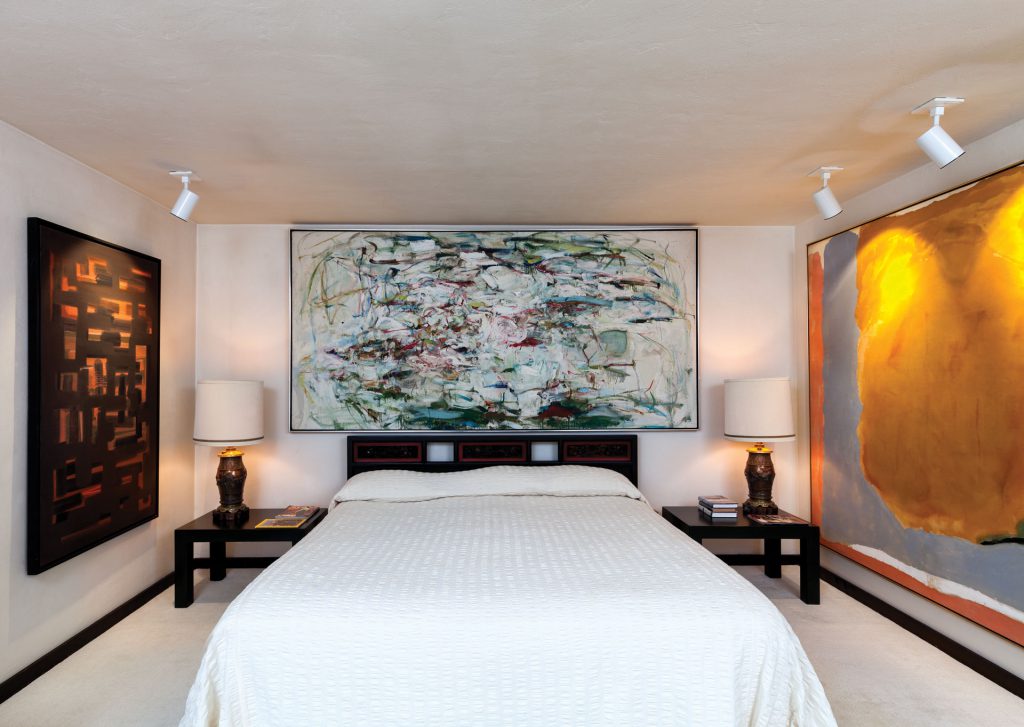
Manchanda: The Alberto Giacometti always looked so gorgeous in the living room near the windows.
Grinstein: Giacometti’s slender Femme de Venise II looked exactly like my mother. When they acquired it, she had that same hairstyle, and she had those long hands and legs and elongated body. I have a photo of her with her hair just like the Femme, standing in that living room in that same spot when the house was first completed.
Manchanda: What attracted Dick and Jane to these artists?
Grinstein: Abstract Expressionist art is so profoundly raw. When you think about the artists who were producing it, they were part of a community comprising intellectuals, many of whom had fled the most awful horrors in Europe. In America they had found a place where they could continue their rigorous inquiries without fear. That whole community—writers, architects, musicians, visual artists—met and exchanged ideas, each intensifying and clarifying the concepts of the other.
I think that was what attracted Mom and Dick to it. Neither one of them was a sentimental person. They were both smart, thoughtful, gutsy, and had lived through the Great Depression and World War II. They were strong people and the art they loved was created by equally strong people.
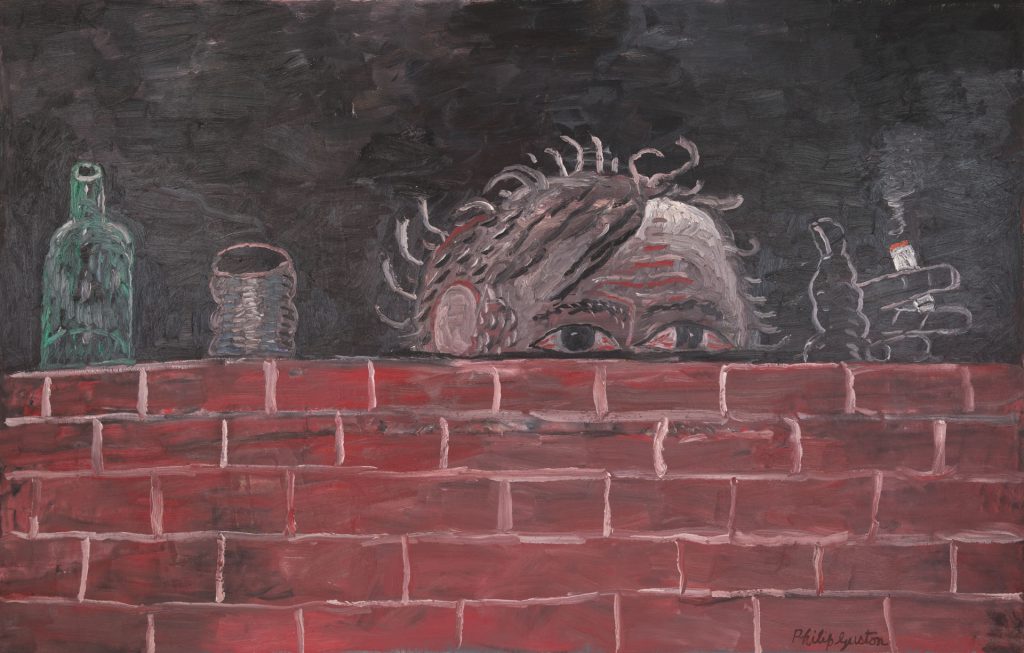
Manchanda: Dick and Jane were longtime SAM Trustees and it’s extraordinary that this collection is coming to SAM at this time. What do you think their hopes were for SAM and the city of Seattle?
Grinstein: When they were collecting in the 1970s and early 1980s, the Northwest was considered a young, quickly-evolving region. Some people really cared about experiencing and sharing art, like Jinny Wright and Mom. And some, like Dick, cared especially about the civic progress and had high aspirations for the city. He knew that a world-class museum would be essential to Seattle’s evolution.
As trustees of the Friday Foundation, our assignment is to consider all the expressed intentions and indications of the benefactors throughout their lives, and work to realize them today. Those intentions had to then be transformed through significant gifts to fulfill their vision. And the big vision was that Seattle would be a globally important player, and the visual and performing arts would be critical contributors, attracting international recognition.
The Langs hoped that the most significant artworks in their collection would join others already at SAM, and those yet to be given from the region’s premiere collections. They knew that the extraordinary quality of these works together would enable SAM to mount internationally significant exhibitions, for SAM as well as in partnership with their peer institutions around the world. If we do a good job, these works will provide an emotional and intellectual escape from the noise of everyday life.
Let’s bring everyone in and invite them to get inside themselves. That’s what these paintings can do for us if we give them time and quiet attention. They will talk back to you. Find the fire of the Clyfford Still, the calm of the Mitchell, the twilight of the Mark Rothko. These are powerful human emotions, and they are just under the surface of these objects. But it takes time, and it takes the commitment of the viewer to linger and absorb the emotions within these works. We hope everyone who passes through the galleries at SAM will give themselves the precious gift of lingering with these distinguished and profound objects.
A dedicated exhibition, Frisson: The Richard E. Lang and Jane Lang Davis Collection, will present all 19 works at Seattle Art Museum in fall 2021.
